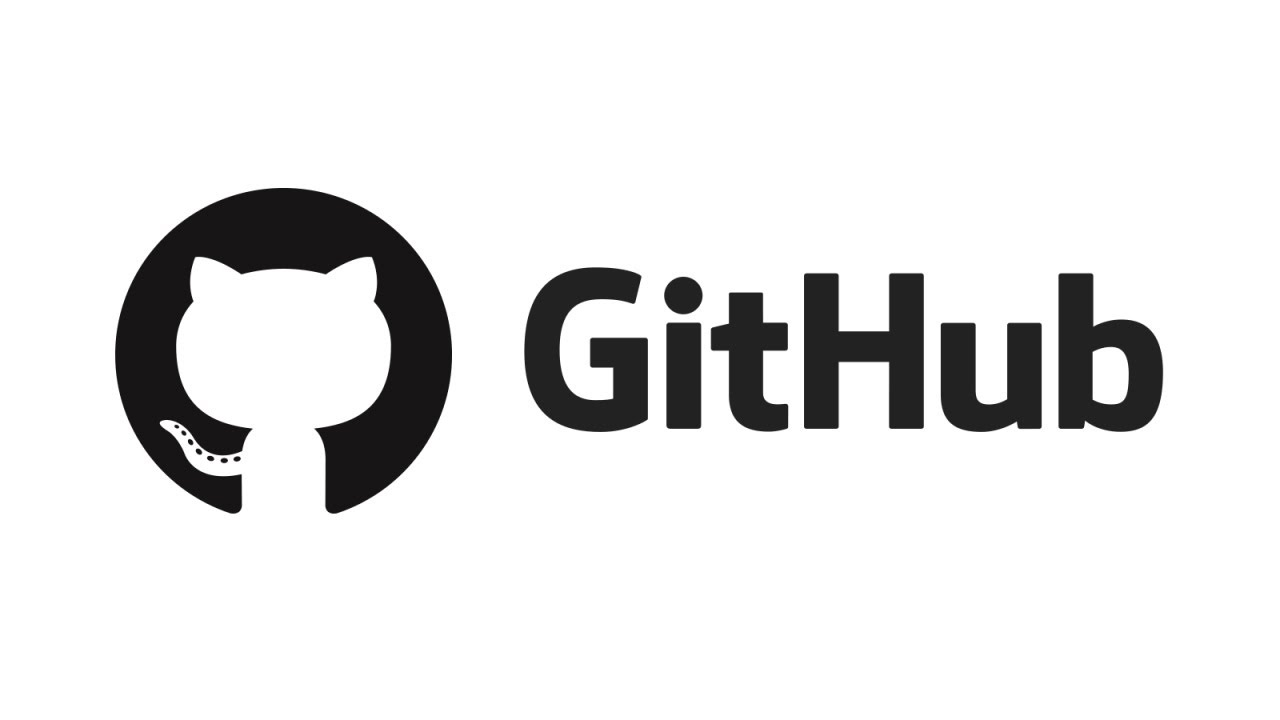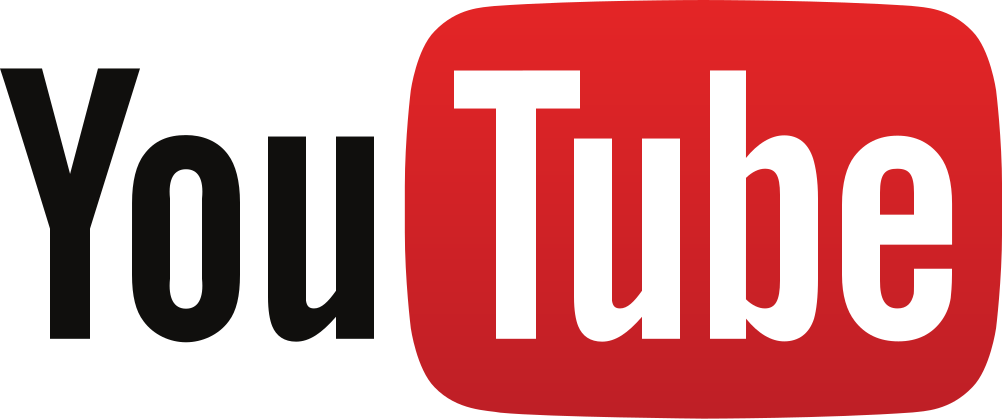This blog post was translated by the help of RuAn KleinSmit from the Facebook group « VORON Switchwire 3D printer ».
Thanks RuAn 😉
The starting point
The concept
This article is categorized as “Dashboard” because, as you can imagine, everything will not be done at once, otherwise you may wait a long time before seeing the final result or even participating in its development. Because, yes, the goal is of course to respect the principle of Open Source and to provide all the files as well as the complete BOM as the project evolves.
This project will therefore be divided into several phases, trying as much as possible to have a functional printer at the end of each phase. The idea being that if you want to convert your own printer and you only have one, you won’t be stuck in your personal projects while waiting for me to move your butt🙂
Phase 1 : for this first phase we focus on the aesthetic aspect of the machine and more mainly on the base of the printer. As you probably know, the CR-10 S is supplied with a separate box including the power supply, the printer’s motherboard and the screen. This separate box takes up space on your work plan and the management of the different cables leaves something to be desired so we will take care of what is called the “skirt” in English, i.e. the cables. printer base cover.
Phase 2 : this phase is optional because we will migrate all the electronics under the printer and we get rid of this bulky box. In the end we will obtain a CR-10 in stand alone mode. For connoisseurs, there are several versions of this stand alone mode on different sharing platforms such as Cults, Thingiverse or Printables but the concept being to convert the printer to SwitchWire, we might as well warn you in advance, we will replace each component without exception.
Phase 3 : this is where things will start to get complicated (and cost a few euros) because it consists of replacing the old components of the CR-10 S with newer or more qualitative components. I am thinking in particular of the low-end power supply or the 8-bit motherboard which dates from prehistoric times. It is probably during this phase that we will also say goodbye to Marlin to welcome Klipper
Phase 4 : we take care of the Y axis and we pass on the linear rail and a heating plate of the keenovo type
Phase 5 : it’s the turn of the X and Z axis to switch to linear rail and we’ll take care of the extruding part and the hot end of the beast.
Phase 6 : we close the box and we print ABS or ASA or whatever you want 🙂
NB : this is the concept so don’t be surprised if the plans change along the way ^^
It’s hard to be precise as I write this, but trust me, it’s going to be heavy.
Concretely, what does it give? The first phase has of course already begun. To give you a preview of what this is going to look like, I put below a preview of Fusion 360, where I model everything, as much as possible. This 3D view is a real-time view and corresponds to the state of the printer at the time you read these lines.
Technical specifications
It’s hard to be precise as I write this, but trust me, it’s going to be heavy.
Concretely, what does it give? The first phase has of course already begun. To give you a preview of what this is going to look like, I put below a preview of Fusion 360, where I model everything, as much as possible. This 3D view is a real-time view and corresponds to the state of the printer at the time you read these lines.




0 commentaires